RG…..GF…… gold HGE……Gold bonded……GP…..Vermeil……Gold layered.
Have you ever looked at gold jewellery on a website and come across the above words and initials in the description? Do you wonder what they mean?
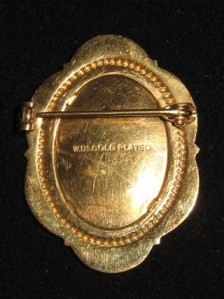
You’re not alone. I’ve had quite a few emails over the years which have asked for my help in explaining the letters on gold looking jewellery that someone has purchased. Virtually every time I’ve had to be the bearer of bad news; they’ve been conned and their expensive ‘solid 18kgp ring’ is actually gold plated costume jewellery.
Sadly, some unscrupulous sellers give a rather ‘creative’ description of their jewellery for sale, which tries to gloss over the fact that their jewelry is not real – it’s gold plated.
So today, look no further than the Jewellery Muses’ quick glance guide to identifying letter stamps and initials on jewelry which are used to describe gold-tone/ gold-plated metal …
~ RG – means rolled gold. This is gold sheet (usually 12K or 14k) that is rolled into a tube, and then filled with a base (ie non precious) metal such as brass. This process gives a longer lasting gold colour than normal gold plating, and is often stamped on jewellery: 1/20 12kt GF or 1/20 14kt RG for example.
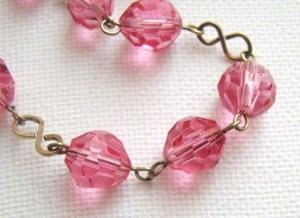
~ GF – means gold filled, which is simply another name for rolled gold. RG and GF are more durable than gold plated metal.
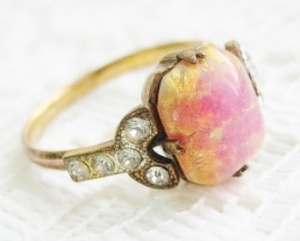
~ GOLD OVERLAY – again means a type of rolled gold; a gold sheet (usually 14k) that is rolled into a tube, and then filled with a base (ie non precious) metal.
~ GP – stands for gold plating, a process which involves spraying a fine layer of gold onto base metal. GP jewelry tends to lose the gold coating with day to day wear after a while.
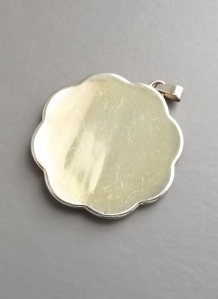
~ HGE – means Heavy Gold Electroplate, a slightly thicker coating of gold onto base metal than standard gold plating.
~ HGP – also see HGE, means a heavier gold plate, a slightly thicker coating of gold onto base metal than standard gold plating.
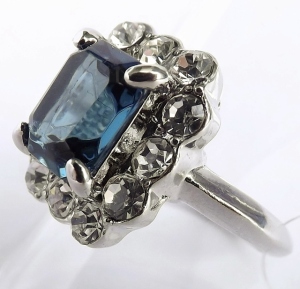
~ LAYERED GOLD – another type of gold plating.
~ GOLD BONDED – another type of gold plating, or occasionally used to describe rolled gold.
~ VERMEIL – this is genuine 925 sterling silver which has been given a thick coating of gold (normally 14k or 18k). Base metal which has been gold plated cannot by law be described as vermeil, only genuine gold-plated sterling silver can.
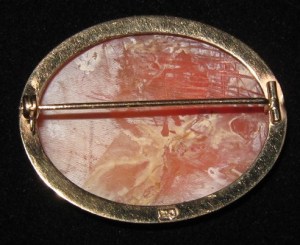
~ HAMILTON GOLD – brass toned metal with gold plated finish; generally only used on watches.
~ PINCHBECK GOLD – an early gold imitation, invented in the 18th century and made from an alloy of zinc and copper. True pinchbeck items are very rare and worth a lot of money. Nowadays, the term ‘pinchbeck’ generally means any type of antique faux gold.
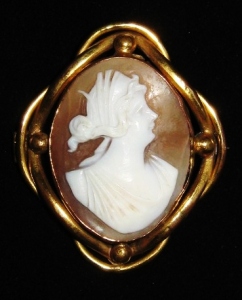
~ GOLD TONE / GOLD – COLOUR – jewellery that is gold coloured, not real gold.
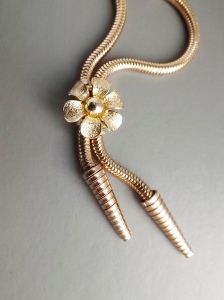
~ GOLD LEAF – a type of gold plating.
Look out for descriptions such as “fantastic genuine solid 18k HGE gold ring”, or “solid 14KGP gold ring”. If you see any of these phrases, words or initials in the description of a jewellery item then be aware that the jewellery will not be genuine solid gold.
Two Final Quick Tips:
~ Just because something has a gemstone in it doesn’t mean it will automatically be encased in real gold. Low grade gemstones (or lab created gemstones/lab-diamonds) can be dirt cheap to buy, and might be used to make gold plated jewellery appear more ‘real’.


